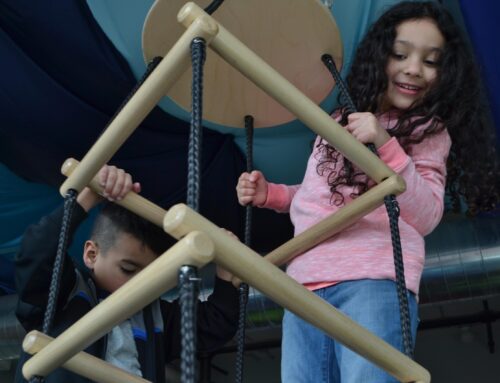Constipation can affect children for many different reasons. Low tone, traumatic bathroom experiences, and not meeting gross motor milestones can affect children’s gastrointestinal (GI) and pelvic floor development. There are many ways to help facilitate GI mobility through exercise, positioning, breathing, and manual techniques. Managing constipation in children is important to improve digestive health and assist with potty training.
Abdominal massage to promote GI mobility.
- There are a few different techniques on how to perform abdominal massage. Before beginning, you need to note certain landmarks. The colon ranges from the hip bones to the rib cage and those will be the boundaries.
- For the first technique, you will start at the right hip bone and proceed with firm pressure up until the rib cage. You will then move with the same pressure across the belly, above the belly button, to the left ribcage. You will then move down towards the left hip bone.
- You can also follow this pattern using small circles versus long strokes.
- Being too light with your pressure will tickle the child so make sure it is firm but not hard pressure.
- The second technique is called the ILU massage and it describes the path you are moving. You start with firm pressure under the left rib and move down to the left hip bone (in the form of an I). After a few strokes down, you will start at the right rib cage moving to the left rib cage and down to the left hip bone (shape of an L). After a few strokes in the L pattern, you will begin with the first technique of moving from the right hip bone to the right rib to the left rib to the left hip bone (shape of a U).
- For the first technique, you will start at the right hip bone and proceed with firm pressure up until the rib cage. You will then move with the same pressure across the belly, above the belly button, to the left ribcage. You will then move down towards the left hip bone.
- A video can be found below with a demonstration of the landmarks and the first technique described above. Explanation will begin at the 2 minute mark
Exercises that promote spinal development, trunk, and core strength for managing constipation.
- Squats
- Supine bridges
- Single leg and tandem balance
- Trunk rotation
Being able to breath using your diaphragm is important for GI mobility. Two key things to look for when assessing breathing are not using your shoulders and expanding your belly. To teach diaphragmatic breathing you can place your hand or a toy on your belly while laying down and making the toy or hand rise. Some toys to assist with teaching diaphragmatic breathing include pinwheels, floating blow pipe ball game, and siren whistle. These help with increasing breathing endurance and can be used on and off the toilet to help with baring down and endurance.
- Pinwheels

- Floating Blow Pipe Balls Game

- Siren Whistle

There are a few different gross motor and physical signs that your child is ready for potty training. Some of these include:
- Having regular bowel movements with normal bowel consistency
- Refer to the Bristol Stool Chart for healthy stool consistency
- Squatting and climbing onto surfaces to get to a toilet
- Good balance and core stability to sit and be relaxed on toilet
- Good hip mobility and range of motion
Balance and stability as well as good range of motion are needed to ensure the pelvic floor can relax to allow urine and fecal matter to pass without pain or excess straining.
Contact your child’s physical therapist and therapy team if you have any questions.

Blue Bird Day fosters socialization, sensory regulation, and pre-academic learning in children ages 2-7 years in therapeutic rotations that simulate preschool and kindergarten settings. Our compassionate therapists practice a relationship-based and family-centered approach, provide parent training, and collaborate on goals and individualized intensive treatment plans for your child.
We believe in a collaborative and multi-disciplinary team approach to therapy. A team of occupational therapists, speech-language pathologists, dietitians, developmental therapists, behavioral therapists, physical therapists, and therapeutic assistants are created for each child to ensure child and family are fully supported and the best possible results are achieved.
Options for individualized, group and virtual therapy sessions are available as well.
Want to learn more or you have a specific question? Feel free to connect with us here!



